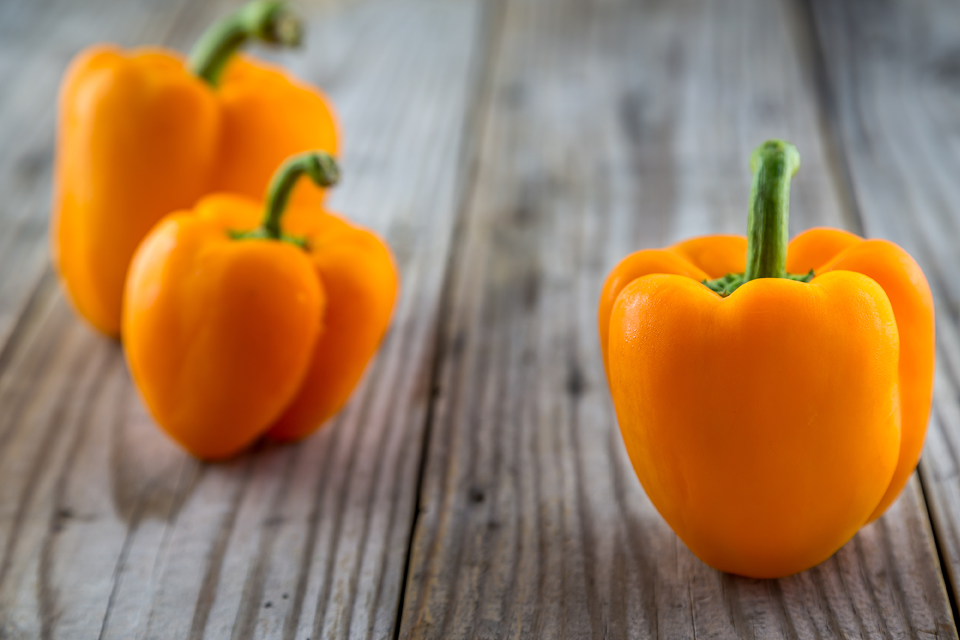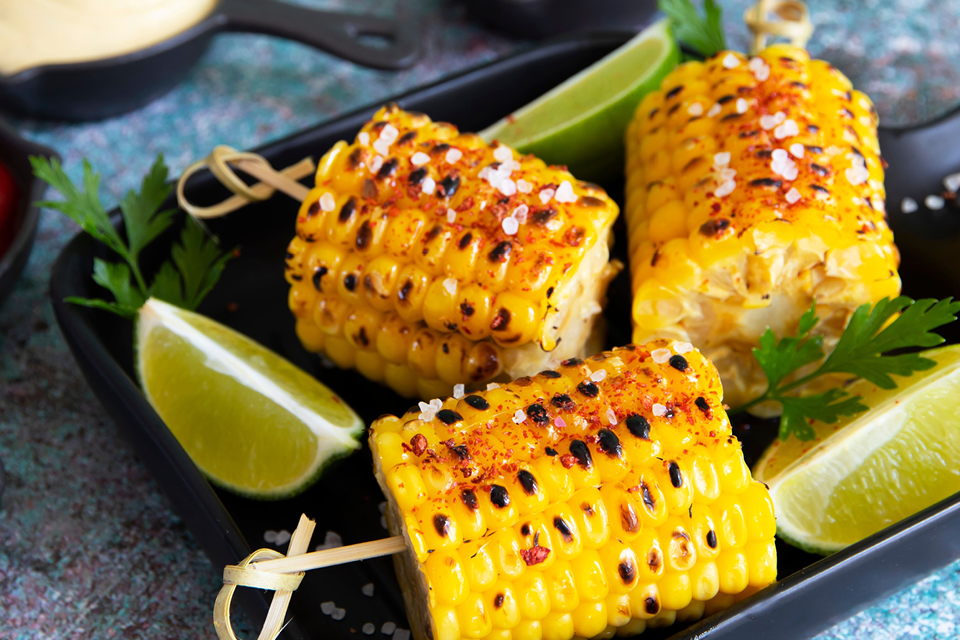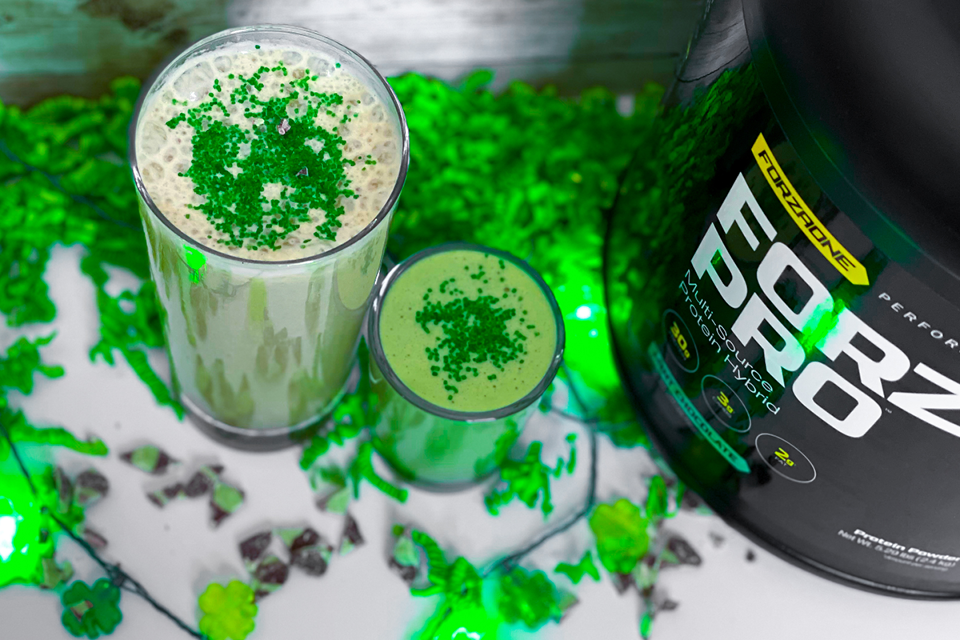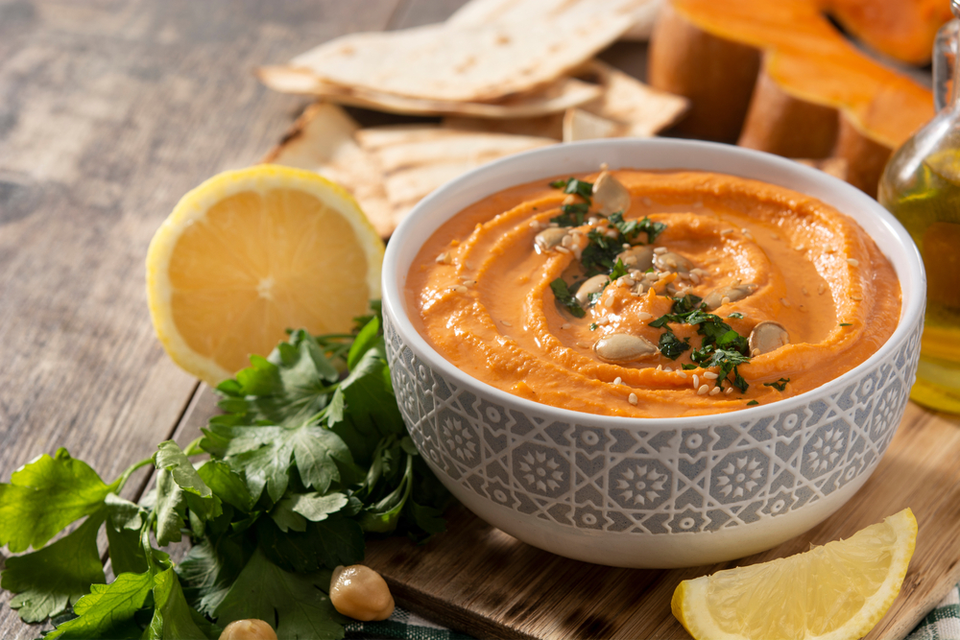Have you ever heard of zeaxanthin? It's a powerful antioxidant that can do wonders for your health. Research has shown that zeaxanthin can protect against neurological disorders by reducing inflammation and oxidative stress. It has also been found to protect against different types of cancer and osteoporosis, keeping our bones healthy and strong.
What Is It?
Zeaxanthin belongs to a group of antioxidants called carotenoids. Carotenoids are natural pigments found in fruits and vegetables that provide antioxidant benefits. Zeaxanthin, like other carotenoids, is converted to vitamin A in our bodies. While we often associate vitamin A with eye health, zeaxanthin has many other important functions. It supports immunity, preserves the integrity of our gut lining, and helps fight infections.
Where To Find It
So, where can you find zeaxanthin? The best food sources include orange and red peppers, yellow corn, cooked scallions, and certain fruits like mangos. You can also find it in eggs and algae such as spirulina and chlorella. When buying food, choosing organic options may be beneficial as chemicals used in conventional farming can reduce the carotenoid content.
While there is no exact recommendation for zeaxanthin consumption as an isolated compound, research suggests that consuming it alongside other carotenoids, micronutrients, proteins, and healthy fats provides the highest benefits. Dietary fats, in particular, play a crucial role in zeaxanthin absorption. A diverse diet filled with fiber, omega-3 fats, and other nutritious foods supports a healthy gut, which aids in nutrient absorption.
It's interesting to note that the absorption of carotenoids can be influenced by temperature. High-temperature processing methods may decrease zeaxanthin concentration in raw foods but could improve its bioavailability in others. Moderately heated food sources are a safe choice.

How To Get More of It in Your Diet
If you want to increase your zeaxanthin intake, there are simple ways to do so. Start your day with scrambled eggs cooked slowly, paired with sautéed peppers in olive oil for a healthy fat boost. You can also make a delicious mango-corn salsa with avocado for a nutritious appetizer that provides double the antioxidant power. Adding a serving of chlorella or spirulina to your morning smoothie will not only give it a vibrant color but also make you feel more vibrant, too.
Here are some zeaxanthin-rich foods you may consider adding to your diet:
- Leafy Greens: Leafy greens such as spinach and Swiss chard are packed with zeaxanthin and offer a host of other beneficial nutrients. Mix up a salad and use an olive-oil based dressing to reap the benefits.
- Cruciferous Vegetables: Cruciferous vegetables like broccoli, Brussels sprouts, and cauliflower provide a range of health benefits and are a good source of zeaxanthin. Drizzle on some olive oil and sprinkle with salt and pepper, then roast these veggies in the oven.
- Paprika: A spice made from ground red peppers, paprika offers a flavorful boost of zeaxanthin. It can be used in various recipes, including soups, stews, marinades, and roasted vegetables.
- Goji Berries: These small red berries are rich in zeaxanthin and are commonly consumed as a snack, added to trail mixes, or used in smoothies and baked goods.
- Orange Fruits: Enjoy fruits like oranges, tangerines, and apricots, which are not only delicious but also contain zeaxanthin.
- Pistachios: Pistachios are a great snack brimming with zeaxanthin. They are also a good source of healthy fats and protein, too.
- Corn: Grill some fresh ears of yellow corn on the grill, add a touch of butter and a dash of paprika for extra bold flavor.
Incorporating zeaxanthin-rich foods into your diet can help protect your bones and heart, fight inflammation, and support overall health. So why not give it a try and enjoy the benefits of this fantastic antioxidant compound?









